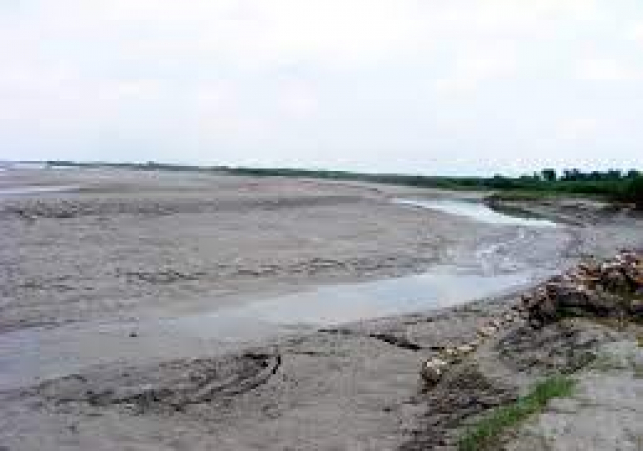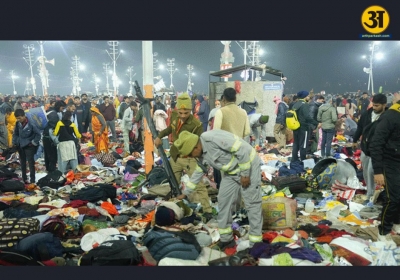
The Sorrow of Bihar and Folklore Associated With It
The Sorrow of Bihar and Folklore Associated With It
Bihar celebrated Bihar Diwas on Tuesday, 22 March. Speaking at a program organised at Gandhi Maidan in Patna on the occasion, Chief Minister Nitish kumar said that Bihar is improving and is eager to regain its lost glory. Bihar was carved out of West Bengal on this day in 1912 by the British Government. This year (2022) marked the 110th year of the formation of Bihar State.
Bihar has the fourth-highest share in the number of Member of Parliament it sends to Lok Sabha, after Uttar Pradesh, Maharashtra and West Bengal. It sends a total of 40 MPs. Of the total 40 Lok Sabha seats from Bihar, three among them - Madhepura, Supaul and Khagaria fall in the northeast region of Bihar of Kosi belt, regarded as one of the least developed regions of the country.
One of the primary reasons for the scarce development in the region is attributed to the recurring floods caused by the Kosi River. The river brings great loss to life and property every year.
Kosi is a transnational river, travelling through Tibet, Nepal and India. Kosi is estimated to be older than even the Himalayas. In Nepal, the Kosi is called Saptkasi, since it is formed by the combined flow of seven tributaries: Indravati, Sunkoshi, Tamokosi, Dudkosi, Arunkosi, Linukosi and Tamurkosi. It covers a total of 260 KM in Bihar before joining the river Ganga near Kursela in Katihar.
The river is said to be one of the highest sediment carrying rivers in the world. Kosi erodes and carries the nascent Himalayas, bringing an enormous amount of silt and spreading them over the plains. As the silts block the path of the river due to their deposition, the river attempts to look for an alternate path, flooding plains in the process.
Every year Kosi floods, displaces, kills, cuts regions off the mainland, and covers plains with silt in its retreat, leaving them uncultivable. The isolation of the region and recurring floods further leaves little scope for development work like connectivity, electricity, education, medical facilities and revenue generation. People of the region often migrate to other places in search of work. Kosi is known as the ‘sorrow of Bihar’.
Nevertheless, despite all the suffering bestowed upon people by the river, people from the belt find an emotional attachment to the river. This is reflected in local folk stories and songs composed on the river.
The river is regarded as a mother as well as a daughter depending on the effect it produces in the Kosi belt. Kosi is worshipped, offered sweets and prayed to spare them of the destruction, as it is expected of a mother. But, when the river refuses to listen to their prayers the status of the mother is withdrawn and she is treated like a restless child. As the folklore goes, she is threatened with marriage if she does not behave well and is offered sindur.
According to another mythological anecdote, once there was a devil who fell in love with the river and decided to marry her. Upon hearing his proposal, Kosi placed a condition that ‘she would marry her if he could contain her between the Himalayas and her confluence to Ganga within a single night otherwise the demon would be killed. However, seeing his pace of work, she grew increasingly restless and reached up to Lord Shiva. Shiva then coming to her rescue took the form of cock reached near the devil. The idea was to distract the devil. Finding an appropriate time Shiva in the form of Cock roosted, the devil thinking that it is morning already left his work and fearing for the life he left. Thus Kosi remained untamed.
Ironically even today, despite government efforts the river floods plains every year and remains untamed till today.




.jpg)
